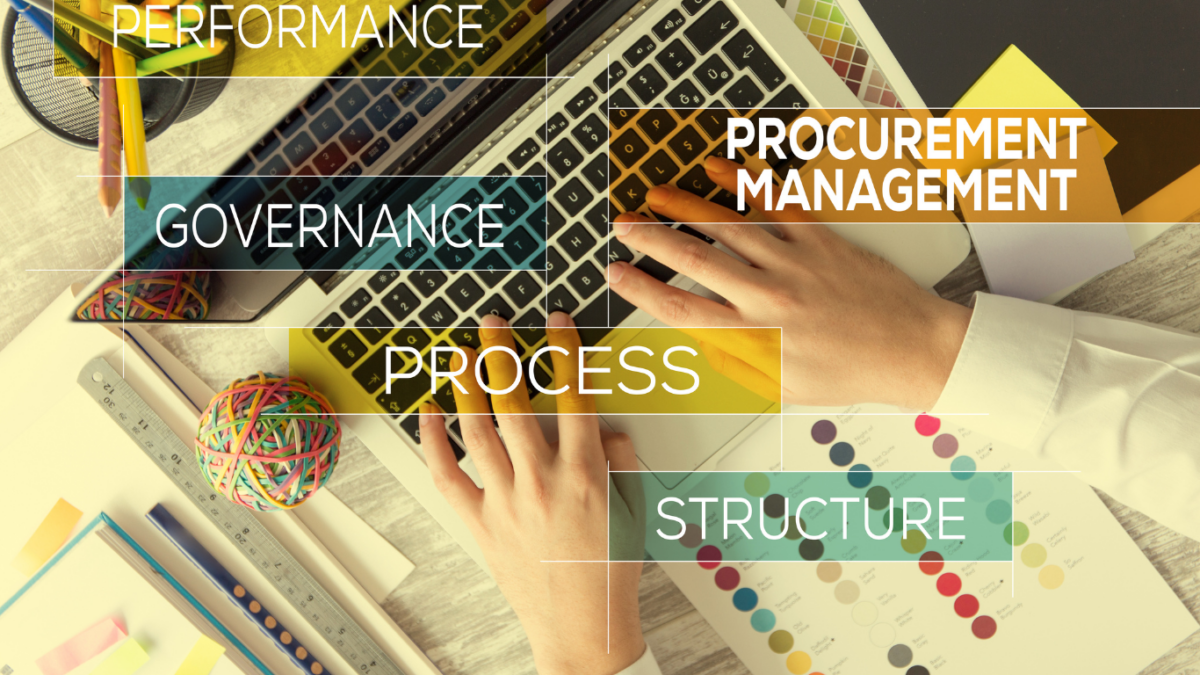Federal agencies face new regulations and contract management challenges for procurement and vendor-related issues. In addition, the Freedom of Information Act (FOIA) covers contract-related requests are an all-time high. Maintaining records of all the vendors and other business relationships can be exhausting. Agencies must manage these contracts efficiently; otherwise, it can open them up to several problems. Automation can be the right solution for contract management, as it can help agencies handle multiple contracts daily.
Contract lifecycle management (CLM) automation is the current industry standard to streamline contracting processes. However, with artificial intelligence in the picture, the next level is contract intelligence. Contract intelligence uses a combination of AI and machine learning (ML) to automate tasks and natural language processing (NLP) to understand the legal areas of any contract can reduce the time of the CLM lifecycle. This automation uses and provides higher contract performance while lowering the risk for the agency. This approach ensures that the intent of every contract is fully realized, from start to finish.
How is automation used in contract management?
The automation starts at the ingestion stage, where a large amount of contract information is ingested; it is compared with historical data for any correlations and patterns. These patterns help to make predictions and suggestions, making a given contract better for the organization.
Benefits of Contract Intelligence
1) Automation achieved with tools like AI and ML can help scale compliance across thousands or even millions of contracts across all agencies.
2) Contract intelligence reduces wastage and provides value by generating new insights with every transaction.
3) Quickly understand the risk and take measures to reduce the risks.
4) Fast turnaround of contract and shorter review processes of the contract.
5) Efficient maintenance of the clauses and terms across all the contracts
6) Advance search feature to analyze the terms and clauses across contracts
7) AI-based predictions based on historical data analysis
This more innovative and powerful technology will help agencies instantly analyze the contracts at one glance but also will help gain a comprehensive overview of the complete management. It acts as an initial quality check enabling legal operations to identify inconsistencies. It also helps the operations look for critical terms that might need re-negotiation before renewal and can help increase the agency’s reputation. To mitigate risk and uncover potential opportunities, now is the time for federal agencies to push the boundaries. Are you ready to improve your operations with new-age technologies that you never imagined?


